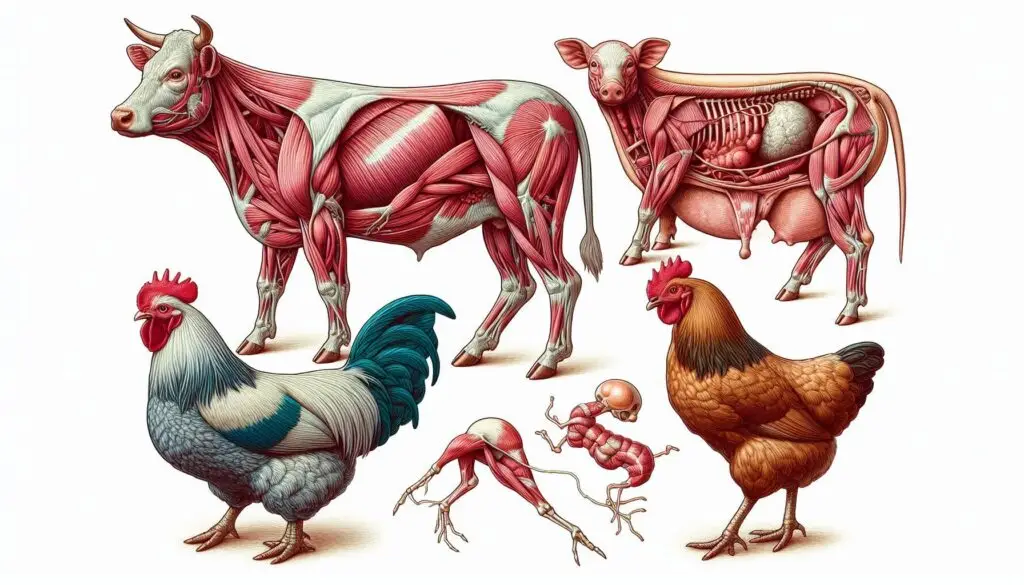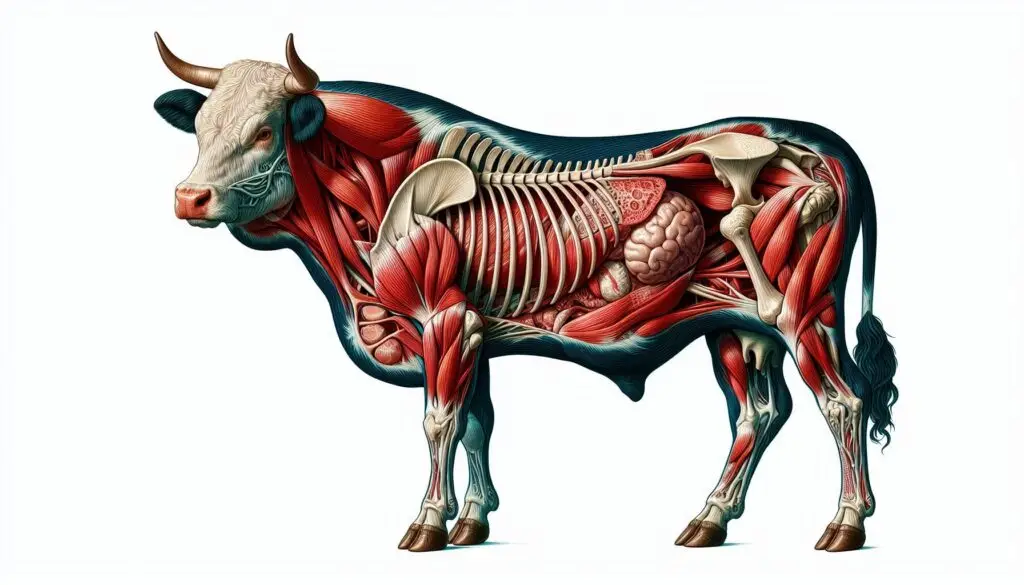Insemination Timing in Farm Animals

In the world of livestock management, the timing of artificial insemination (AI) plays a critical role in maximizing conception rates. This article will explore the optimal insemination timing for various farm animals, particularly focusing on dairy and beef cattle. We will discuss best practices, factors influencing timing, and recent research findings to help you make informed decisions.
Understanding Estrus in Cattle
What is Estrus?
Estrus, or heat, is the period when a female animal is receptive to mating. It is essential to understand this cycle for effective breeding. In cattle, estrus lasts about 12 to 24 hours. During this time, the cow exhibits specific behaviors such as increased vocalization and restlessness.
The Estrous Cycle
The estrous cycle in cattle typically lasts 21 days, but this can vary. It consists of several stages:
- Proestrus: The phase leading up to estrus.
- Estrus: The period of receptivity.
- Metestrus: The transition phase post-estrus.
- Diestrus: The phase when the cow is not receptive.
Understanding these stages helps farmers determine the best time for insemination.
Optimal Insemination Timing for Dairy Cattle
Key Timing Considerations
For dairy cows, timing is everything. Studies show that ovulation occurs approximately 28 to 32 hours after the onset of estrus. Therefore, inseminating too early or too late can significantly reduce conception rates.
Ideal Insemination Window
The ideal window for insemination is between 4 and 12 hours after the onset of estrus. This timing ensures that sperm are present when ovulation occurs, maximizing the chances of fertilization.
The A.M.-P.M. Rule
Traditionally, many farmers have used the “a.m.-p.m.” rule for AI timing. This method suggests that cows showing signs of heat in the morning should be inseminated in the evening and vice versa. However, recent research indicates that a more precise approach may yield better results.
Single Mid-Morning Insemination
A study published by Penn State Extension suggests that a single mid-morning insemination for cows observed in heat either that morning or the previous evening can lead to optimal conception rates.
Environmental Factors Impacting Timing
Environmental conditions also play a significant role in determining optimal insemination timing. For instance, in hotter climates, heat duration may be shorter, requiring adjustments in timing strategies.
Heat Stress Considerations
Heat stress can adversely affect fertility rates in dairy cows. According to The University of Florida, managing heat stress through proper ventilation and hydration can improve overall reproductive performance.
Optimal Insemination Timing for Beef Cattle
Estrus Synchronization Techniques
In beef cattle, effective management often involves synchronizing estrus cycles among the herd. This method allows farmers to breed multiple cows within a short timeframe.
Recommended Timing Post-Estrus Onset
For synchronized beef cattle, it is generally advised to inseminate 8 to 12 hours after detecting estrus. This timing ensures that viable sperm are present at ovulation.
Recent Research Findings
Recent studies indicate that while traditional recommendations are still valid, there may be flexibility in timing strategies based on individual herd management practices and environmental factors.
Flexibility in Timing
Research from Kansas State University highlights that some herds may benefit from slightly earlier or later inseminations based on specific circumstances.
Factors Influencing Insemination Success
Sperm Viability and Quality
The quality of sperm used during AI significantly impacts success rates. Farmers should ensure they use high-quality semen from reputable sources.
Semen Handling Practices
Proper handling and storage of semen are crucial for maintaining sperm viability. According to The National Animal Breeding Center, following recommended protocols for thawing and using semen can enhance fertility outcomes.
Health and Nutrition of Breeding Stock
The health and nutrition of both male and female breeding stock play vital roles in reproductive success. Well-nourished animals are more likely to conceive successfully.
Nutritional Guidelines
Farmers should provide balanced diets rich in essential nutrients to support reproductive health. Resources like The Dairy Alliance offer guidelines on nutrition management for dairy cows.
Monitoring Estrus: Best Practices
Estrus Detection Methods
Accurate detection of estrus is key to successful AI. Various methods can help monitor heat signs:
- Visual Observation: Regularly checking cows for signs of heat.
- Heat Detection Aids: Using devices like pedometers or electronic monitoring systems.
- Hormonal Treatments: Employing synchronization protocols to induce estrus at specific times.
Technology in Estrus Detection
Advancements in technology have improved estrus detection accuracy. Systems like Heatime provide real-time data on cow activity levels, helping farmers identify optimal breeding times more effectively.
Conclusion: Maximizing Conception Rates through Optimal Timing
In conclusion, understanding optimal insemination timing is essential for successful breeding programs in farm animals, especially dairy and beef cattle. By focusing on accurate estrus detection, considering environmental factors, and utilizing modern technologies, farmers can significantly enhance their conception rates.
More from Animal Reproduction:
https://wiseias.com/repeat-breeder-cow-syndrome/
https://wiseias.com/anoestrus-in-dairy-cows-causes-effects-and-management/
https://wiseias.com/gynaecological-disorders-livestock-infertility/






Responses